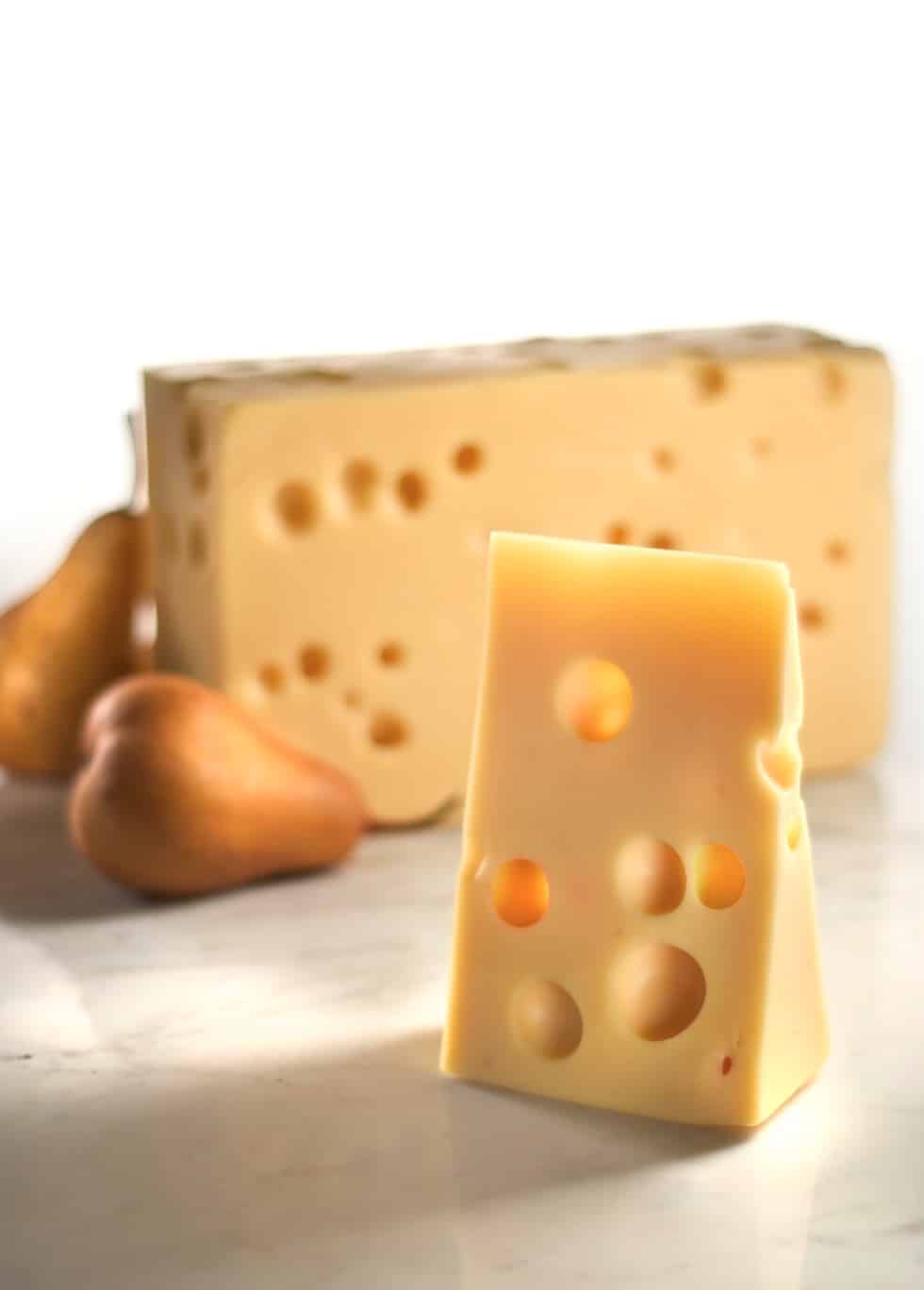
All About Emmental Cheese
Where Does Emmental Cheese Come From?
Most Emmental Cheese, which is often referred to as “Swiss Cheese,” originates from Switzerland in the area of Emmental, Canton Bern. However, Président® Emmental is proudly imported from the northwest region France.
Characteristics of Emmental Cheese
This cheese has a semi-hard texture, mild and nutty taste and a natural rind; however, the holes in the cheese are what makes it particularly distinctive. These holes are formed by a natural chemical reaction during the cheese-making process. Afterward, it’s aged in cellars anywhere from 4 months to 12+ months. A younger Emmental will have a mild and fruity taste, while a more mature Emmental will be full-bodied with a stronger flavor.
Cooking, Serving and Storing Emmental
Emmental is often diced in salads and sliced in sandwiches. It is also a great addition for dishes like gratins, fondues and quiches. If you find yourself running low on Gruyère, Jarlsberg or Comté, you can easily substitute nutty Emmental into the recipe! For example, you can try this Madrigal and Lentil Toast Recipe by replacing the cheese with Président® Emmental. If you’re using this Swiss cheese in a sandwich, make sure to include a little whole grain mustard to really bring out the flavor. Pro tip: when storing extra cheese after slicing it, insert pieces of parchment paper between the slices and then wrap the whole cheese loosely in plastic wrap or cheese paper – this will keep your cheese fresh for a tad longer.
Pairing Emmental
If you choose to feature this classic on a cheese board, pair it with fruits like pears, apples, grapes and peaches. Since this cheese is mild, it stands up well against flavored crackers, as well. Of course, no cheese board is complete without the perfect beverage to cheers with. The good news is that the versatility of this cheese makes it wonderful to drink with both wine and beer! Wine lovers will want to pair Emmental with Merlot, Riesling, or Champagne. Beer aficionados will want to keep things light and pair this cheese with a light lager or Belgian beer. Bon appétit!
